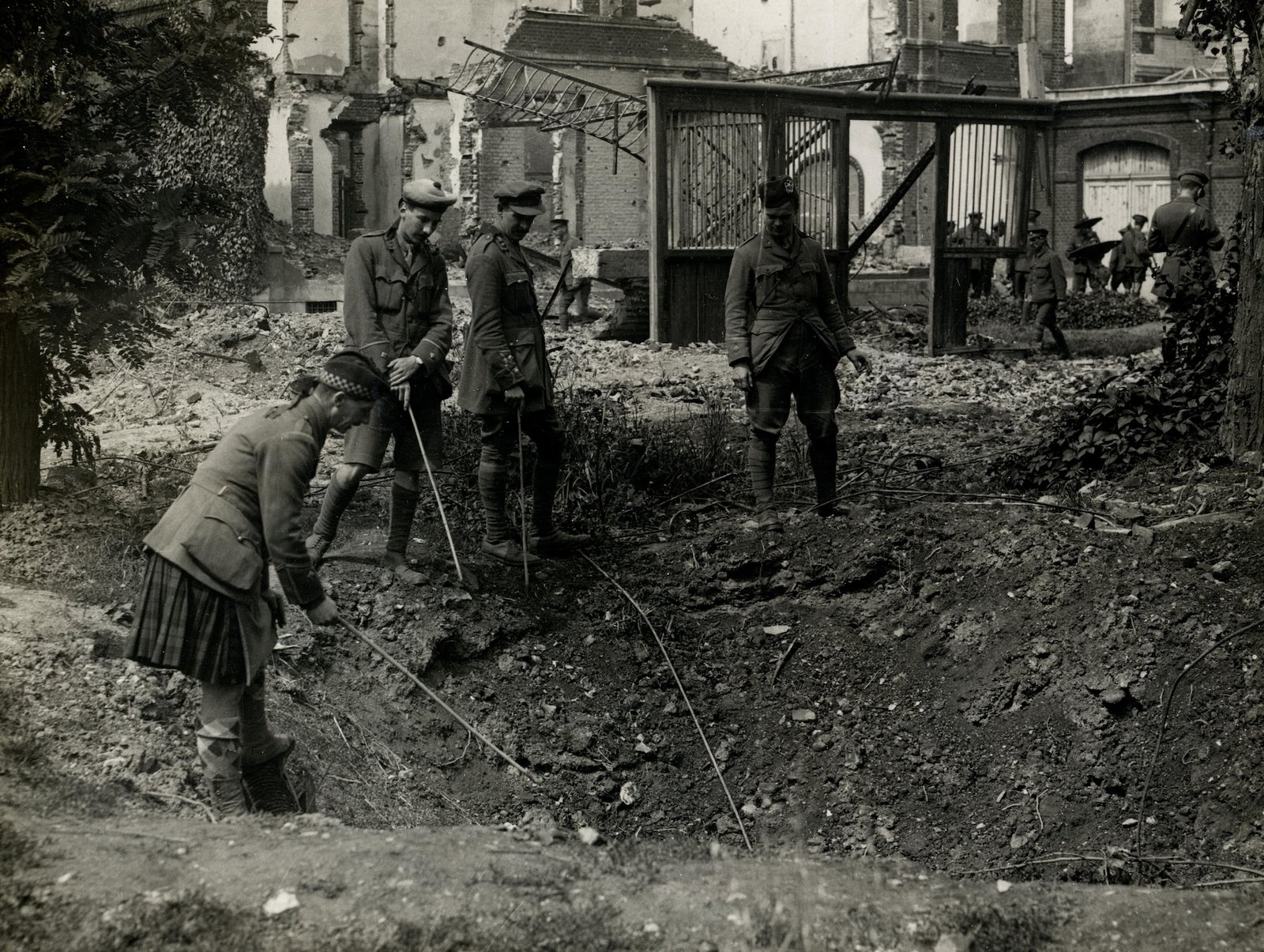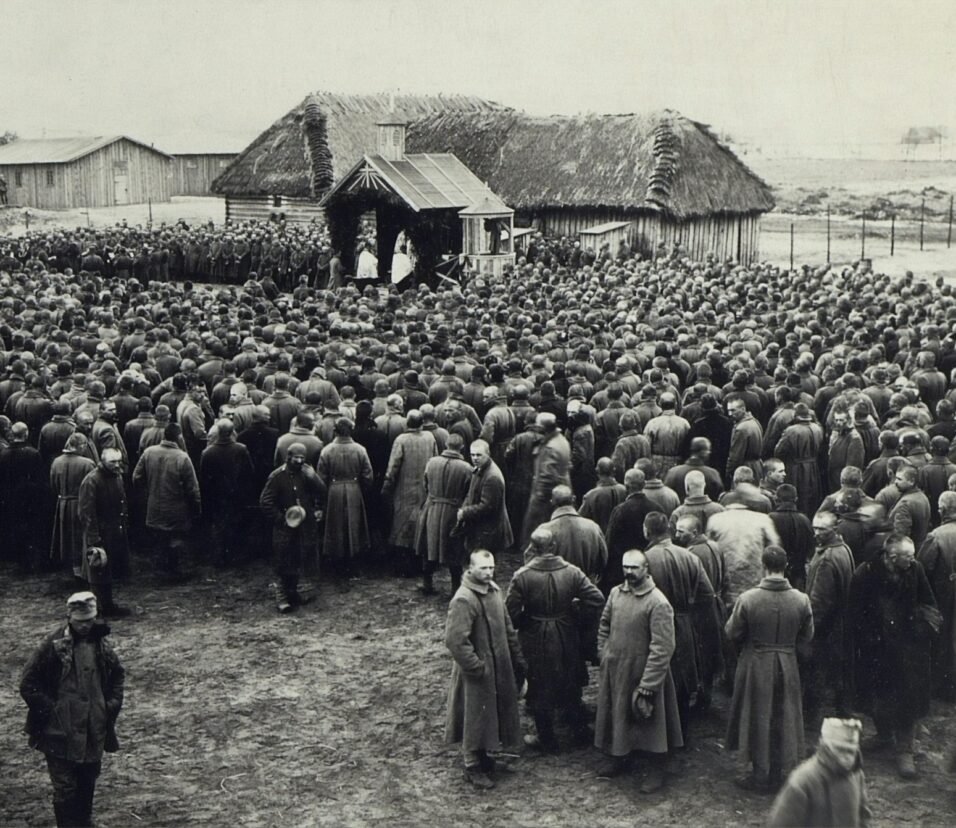Exodusters and the Homestead Act
The Allure of the Homestead Act
The Homestead Act of 1862 was more than just a piece of legislation; it was a beacon of hope for countless Americans and immigrants alike. For a modest fee, anyone could claim up to 160 acres of public land, provided they lived on it and made improvements. However, while the promise of the act was universal, its impact was not evenly distributed. For African Americans, particularly those who had only recently been emancipated, the Homestead Act represented a rare opportunity for social and economic advancement.
Pap Singleton: A Pioneer for the Black Community
Born into slavery but eventually self-liberated, Pap Singleton was a visionary who saw the potential of the Homestead Act as a means to uplift the Black community. Recognizing the limitations of the South, especially after the end of Reconstruction, Singleton took matters into his own hands. He organized a group of settlers to take advantage of the public lands available under the act. This endeavor led to the founding of the Dunlap Colony near a Kansas town in 1879. Singleton’s efforts did not stop there; he was responsible for encouraging over 8,000 “Exodusters” to establish communities in Kansas.
The Exodus: The Journey and Challenges
The term “Exodusters” was inspired by the biblical Exodus, drawing parallels between the Hebrews’ journey from Egyptian slavery and the African Americans’ flight from the oppression of the post-Reconstruction South. However, the journey was fraught with challenges. The settlers had to adapt to harsh conditions, learn new farming techniques, and build communities from scratch. Moreover, these pioneers had to do all this while still dealing with systemic racism and economic disadvantages.
Economic Adaptation and Urban Living
While the ultimate aim for many Exodusters was to own and operate farms, not all found success in agriculture. Those who moved to urban areas like Topeka, Kansas, often found more stable employment in domestic roles or trades. The urban setting provided them a better platform for economic stability and growth, albeit not without its challenges.
The Rise of Black Towns: The Success Story of Nicodemus, Kansas
Among the communities founded by the Exodusters, Nicodemus, Kansas, stands out as a symbol of resilience and community spirit. Founded in 1877 by former slaves from Kentucky, Nicodemus faced initial challenges, but the community persevered. Soon, the town boasted essential institutions like schools, churches, and general stores. The presence of a bank, cultural societies, and even an ice cream parlor symbolized the community’s progress. With a population of around 600, Nicodemus became one of the most successful all-black towns in America, serving as an inspiration for other such communities.
Legacy of the Exodusters: Lasting Impacts
The legacy of the Exodusters extends far beyond the settlements they founded. They challenged the social norms of their time, displayed unprecedented resilience, and contributed to the economic and cultural fabric of America. Their endeavors were among the first organized mass movements of Black people for economic betterment in the post-Civil War United States.
The Role of Women in Exoduster Communities
Pioneering Female Leadership
While much is known about the male figures who spearheaded these mass migrations, the role of women in Exoduster communities cannot be overlooked. Women were the backbone of these new settlements, contributing both inside and outside the home. They were educators, nurses, community organizers, and even entrepreneurs. The contributions of women added a layer of resilience to these communities, making their establishment and endurance possible.
Crafting Home and Community
Women took on the roles of homemakers, teachers, and caregivers, ensuring that the homes they built from scratch were more than just shelters. They were sanctuaries of community and family life, often doubling as meeting halls, churches, and schools. The significance of these multi-purpose homes was enormous as they became centers for cultural preservation and community education.
Educational Efforts and Community Building
Schooling as a Priority
One of the most critical aspects of these Exoduster communities was the emphasis on education. Many settlements quickly established schools as a means to uplift the community and provide the younger generation with opportunities that had been denied to their parents. Even in the face of limited resources, these schools often outperformed those in more affluent areas, reflecting the community’s commitment to education.
The Role of Churches
Churches played a pivotal role in Exoduster communities, often serving as more than just places of worship. There were also community centers, spaces for political meetings, and sometimes even schools. The church was a source of spiritual strength, and its importance in uniting the community under a common belief system cannot be overstated.
Conclusion: The Unfulfilled Promise of the Homestead Act
The Homestead Act was a revolutionary piece of legislation, but it was far from perfect. It promised an egalitarian vision of America where anyone could own land and prosper, but systemic inequalities often skewed those opportunities. Nonetheless, for groups like the Exodusters, it offered a rare chance to break the cycle of poverty and disenfranchisement. Their story is a testament to the indomitable human spirit and provides a lens to examine the complexities of American history.
Through the efforts of people like Pap Singleton and the communities they established, the Exodusters left an indelible mark on American history, turning empty lands into thriving communities and hopes into tangible realities. They showcased what could be achieved when given the opportunity, however limited, to chase the quintessential American Dream.







